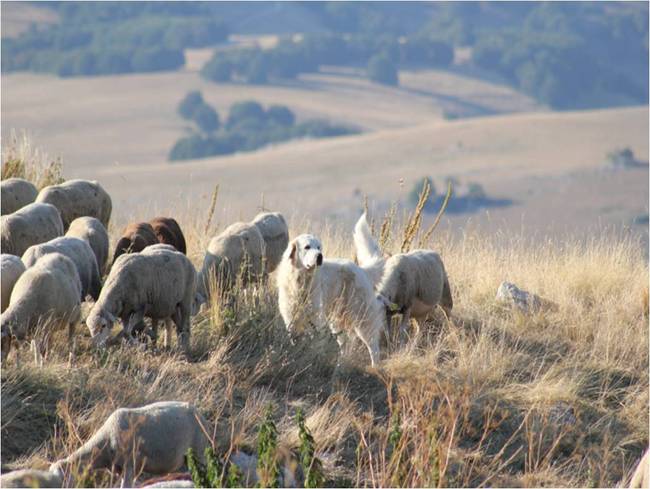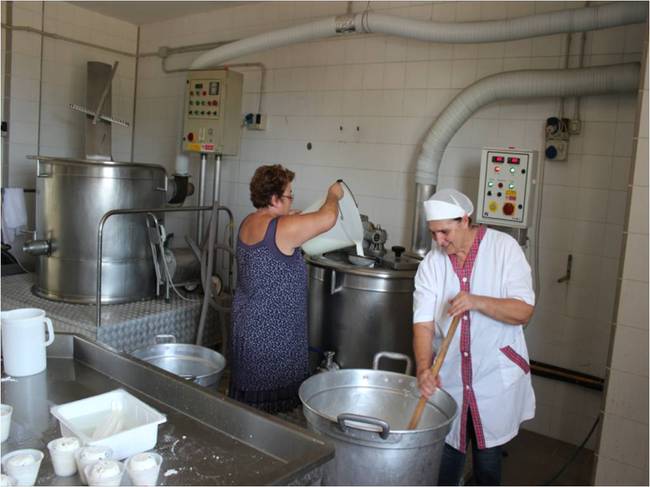 Rabbit photos courtesy of Stone & Thistle Farm and Allsun Farm
Rabbit photos courtesy of Stone & Thistle Farm and Allsun Farm
While we were down in Tennessee last weekend we popped by a few local food retailers to say hi and chat about Little Seed's plans and the potential for future business relationships. We were consistently asked if we could supply rabbits. Rabbits are something we're interested in, but it's a subject on which we've gone back and forth. For one, our vision for Little Seed involves all of the animals spending time outside, eating natural forages that they harvest themselves. In the case of rabbits we have plans for a portable unit with an open floor that would allow the doe and its kits to munch on the grass and plants below. In front of our house we have a long tract of land with fertile soil where we could easily plant a variety of crops for the rabbits to munch on and we could move their hutches up and down the land similar to what you'd see in a chicken tractor operation. It sounds great, but there's a few problems when it comes to rabbits.


